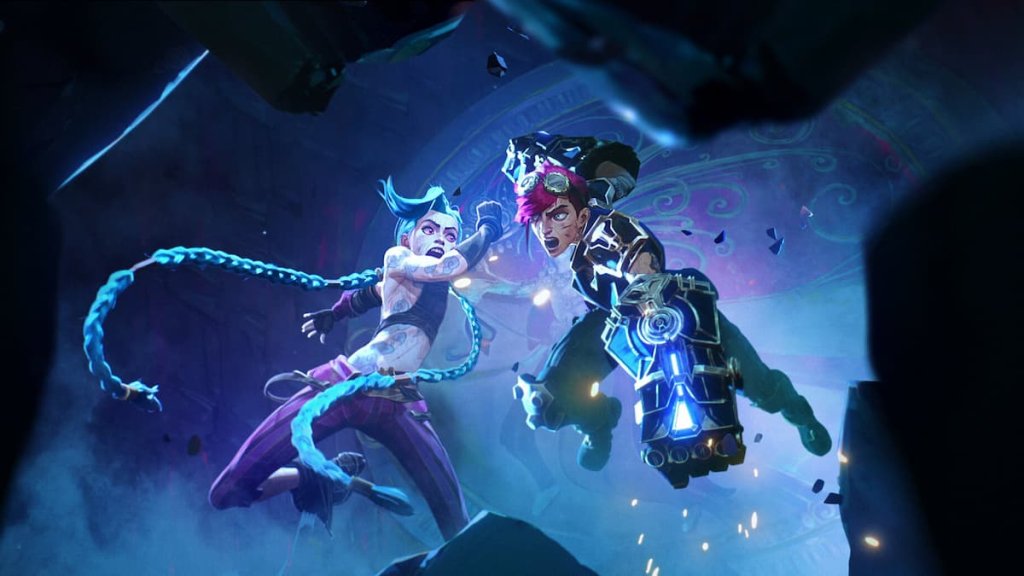
Legends of Runeterra on the Rise – Riot’s card game shoots up the charts
Mobile gaming in esports is one of the fastest-growing areas for revenue in the industry. Mobile card games represent a big portion of this market, with heavy hitters like Hearthstone being quite active in the market. However, a new mobile card game is fast on the rise at the moment. Legends of Runeterra is a newer mobile card game, but one that has recently grown in popularity in various regions. This is what’s going on with Legends of Runeterra and what this current boom in popularity means:

Legends of Runeterra rising popularity
Legends of Runeterra is a mobile card game that launched relatively recently (2020) by Riot Games, the the company behind esports hits like League of Legends and Valorant. Runeterra might be a smaller part of their general esports offerings, but it is part of a big shift in direction for the company. The gameplay is similar to that of Magic: The Gathering, which is a fairly universal inspiration for card games, both digital like Hearthstone and physical collectable card games like Yu-Gi-Oh.
Riot Games have rarely been associated with mobile gaming. However, with the great potential for esports in these areas, this has recently changed. Riot has released both Wild Rift and Runeterra to appease demand. Both of these games have sought to leverage Riot’s success in traditional esports into the area. Legends of Runeterra has included a lot of characters from League of Legends and is set in the same world. However, the appeal goes beyond just a tie into League.
Runeterra has a progression system and gameplay which is well suited to those who aren’t experts on card games. This low barrier to entry might be part of its growing appeal. However, on the high end of the game’s skill level, it has a lot of depth and good potential for esports.
Grinding numbers
Legends of Runeterra didn’t make the biggest impact on launch, at least outside of League of Legends and card game communities. However, its move in recent weeks has definitely grabbed players’ attention. The game has recently risen in popularity in the mobile app store charts. In the UK, it rose up to 88th, with Hearthstone sitting at 96. The game is also currently featured in the UK store having been selected by the store for promotion. While Hearthstone has jumped just above of Legends once again, this was a strange spike and it reflects the game’s growing popularity.
LoR player base does seem to sit consistently in the lower millions. This is probably most comparable to Wild Rift. While their numbers have spiked decently, the game boasts a high level of consistent returning players. This tends to be a good sign for a game like this, showing a clear base willing to stick with the game. While Runeterra’s rise above Hearthstone wasn’t permanent, it is a sign of still growing popularity for the game. As more players discover LoR it is only natural that more become long term players. While mobile esports is still an area defined by potential for growth, LoR is well-positioned to take advantage of this in the future.
Knowing how well Riot Games handles competitive play in their titles, you should looking into competitive play in LoR soon.












